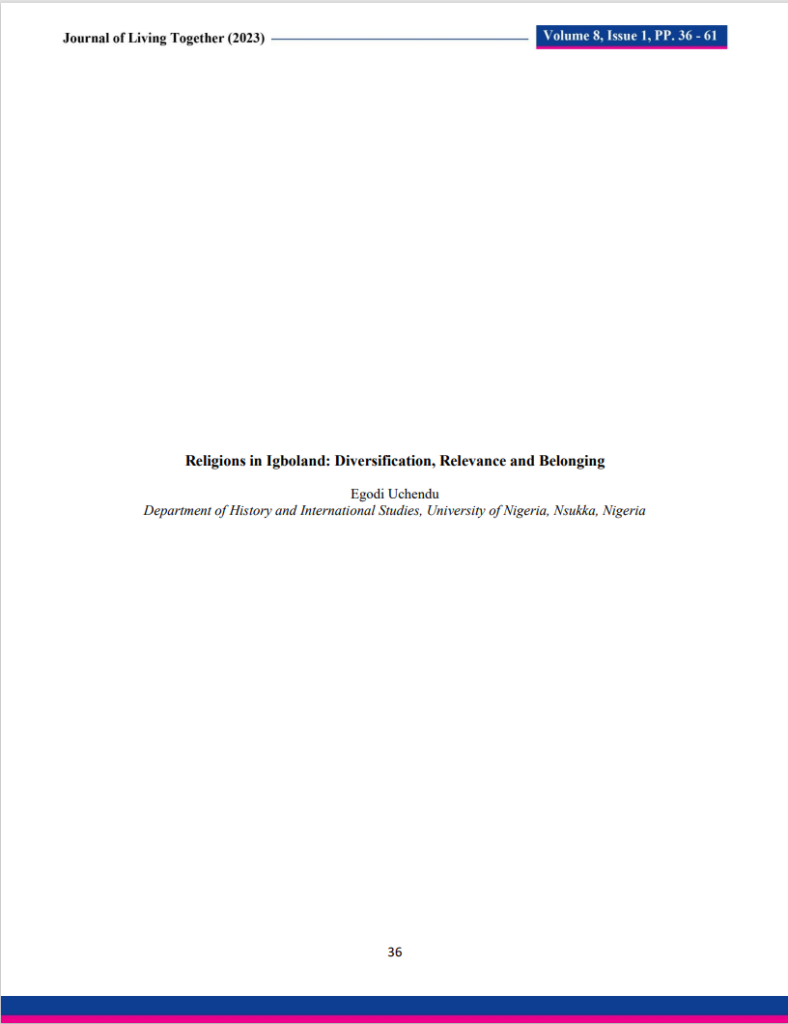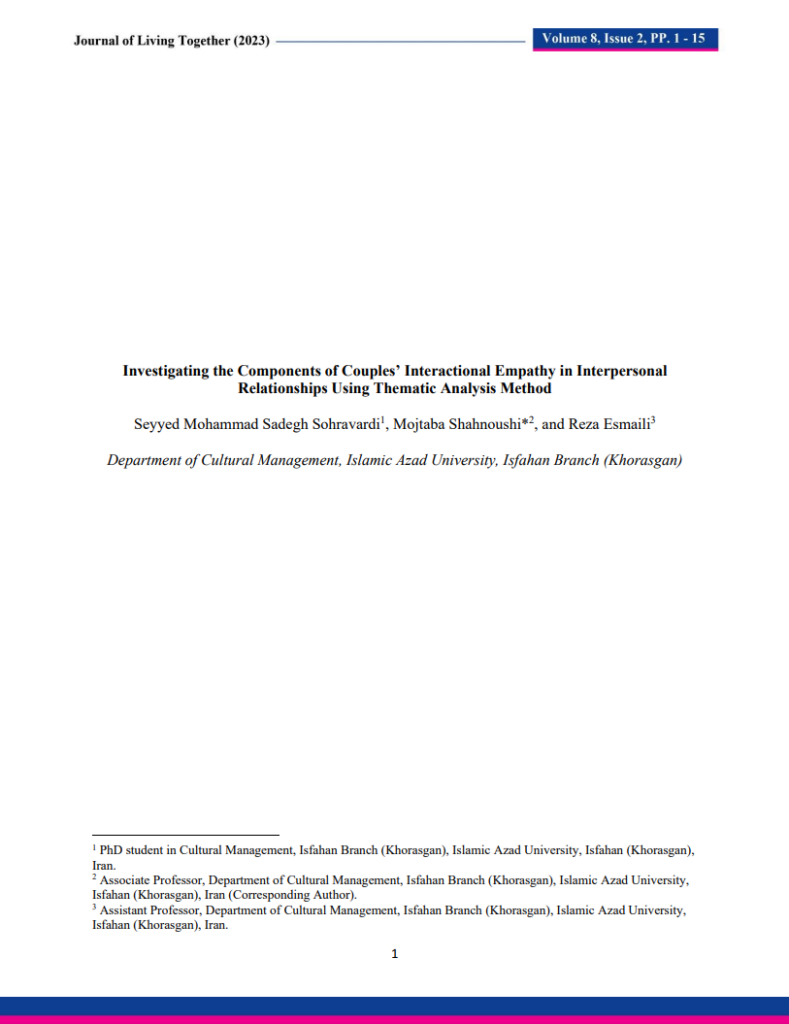Metaphor Awareness for Multidimensional Practice: A Proposal for Enriching Narrative Mediation with Expanded Metaphor Techniques
Abstract:
Rooted in her worldview research, Goldberg proposes an addition to the powerful model of narrative mediation with more explicit metaphoric techniques. Narrative mediation with the addition of metaphoric work may thus be able to engage the entire, multidimensional conflict narrative more consciously. Goldberg builds on her work with Blancke in multidimensional conflict resolution and Winslade and Monk’s narrative mediation and her own research on worldview to add metaphor analysis and skills more explicitly to narrative mediation than has been done thus far. This addition to the narrative model responds to the practice need described in her research with Blancke and others for multidimensional practice, work that effectively engages cognitive, emotional, somatic and spiritual intelligences of both practitioner and clients. Although narrative mediation is already more complex and nuanced in this regard than many other models, this article theorizes that the addition of more explicit work with metaphors might expand its range. The article grounds the reader in key elements of narrative and metaphor analysis and the practice of narrative mediation. It then reviews the discussion of metaphors and their use in conflict resolution practice before proposing ways in which the metaphoric analysis and skills could be expanded or made more explicit in narrative mediation in ways that would expand its ability to engage multiple dimensions of conflict. The author concludes with the results of preliminary work on metaphor use in public policy conflicts gathered as a participant observer and proposes theoretical and practical enhancements to narrative practice that could be developed in the future.
Read or download full paper:
Journal of Living Together, 4-5 (1), pp. 50-70, 2018, ISSN: 2373-6615 (Print); 2373-6631 (Online).
@Article{Goldberg2018
Title = {Metaphor Awareness for Multidimensional Practice: A Proposal for Enriching Narrative Mediation with Expanded Metaphor Techniques}
Author = {Rachel M. Goldberg}
Url = {https://icermediation.org/narrative-mediation-with-metaphor-techniques/}
ISSN = {2373-6615 (Print); 2373-6631 (Online)}
Year = {2018}
Date = {2018-12-18}
IssueTitle = {Living Together in Peace and Harmony}
Journal = {Journal of Living Together}
Volume = {4-5}
Number = {1}
Pages = {50-70}
Publisher = {International Center for Ethno-Religious Mediation}
Address = {Mount Vernon, New York}
Edition = {2018}.


